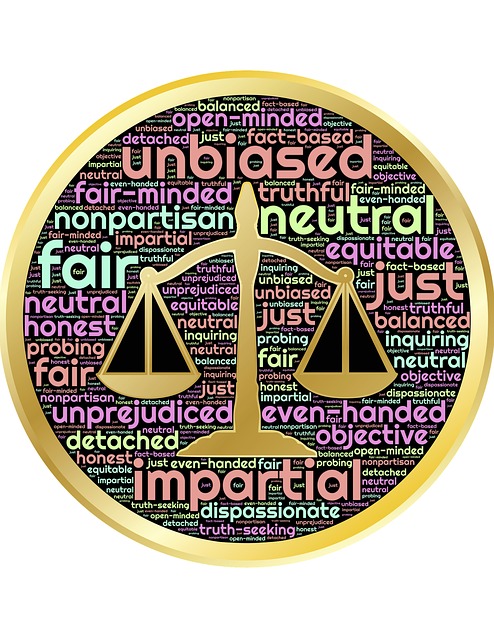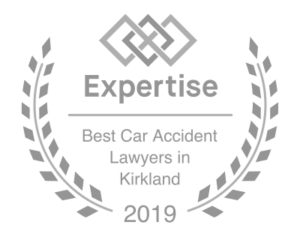The week between Christmas and the New Year is a good week for movies. Below is my list for lawyers:
To Kill a Mockingbird. A great book every lawyer should read and a great movie every lawyer should see. As usual the book trumps the movie, except the movie has Gregory Peck acting like every lawyer should act. If we follow the model of Gregory Peck we will look like a lawyer, talk like a lawyer, and have the demeanor of a lawyer at home, in the community and in the courtroom.
My Cousin Vinny. This is a classic every lawyer will love. It’s funny, and it’s good. We see professionalism with the prosecuting attorney. We see a difficult judge. We see great cross examination. And we learn a whole bunch about the 1963 Pontiac Tempest which had positraction and was driven by the killers and how it cannot be mistaken for the 1964 Buick Skylark driven by Vinny’s cousin.
Hot Coffee. This is a 2011 documentary begins with the infamous McDonalds case, tells the brutal truth about the case, and continues to document corporate America’s and the Chamber of Commerce’s methodical campaign against legitimately injured people and the judges who have the courage to rule for the little guy. I pay every staff member who watches the documentary a $50 bonus.
Witness for the Prosecution. This movie is worth watching because the great actor Charles Laughton plays the English barrister defending his client against a charge of murder. The movie has excellent cross examination scenes by Laughton. It is also fun to watch how a case is tried in England the land where our common law was born.
Twelve Angry Men. This classic with actors including Henry Fonda, Jack Warden, Lee J. Cobb, Jack Klugman and E. G. Marshall is the best jury movie ever made. It gives all trial lawyers hope in that convincing one bright dynamic juror may mean winning the case.
Compulsion. This movie is a must because it is a take off on Clarence Darrow’s life saving defense in the famous Leopold and Loeb thrill killing case. Darrow is played by Orson Wells who does a great job in playing the finest trial lawyer who ever lived. Darrow’s closing is recounted by D. McRae, The Last Trials Of Clarrence Darrow:
“I am pleading for the future ,” he said huskily. “I am pleading for a time when hatred and cruelty will not control the hearts of men, when we learn by reason and judgment and understanding and faith that all life is worth saving, and that mercy is the highest attribute of man.” Darrow felt his own eyes moisten when he saw that [Judge] Caverly was crying…silent tears… powerful enough to alter the shape of the judge’s twiching mouth.
“I was reading last night of the aspiration of the old Persian poet, Omar Khayyam,” Darrow murmured, as his own tears began to roll down his crevassed face. His voice, however, remained firm. “It appealed to me as the highest that I can vision. I wish it was in my heart, and I wish it was in the heart of all:
So I be written in the Book of Love
I do not care about the Book above
Erase my name or write it as you will
So I be written in the Book of Love.
Darrow’s head was bowed, and his eyes were filled. And then aften ten long seconds, he looked up again and nodded to the judge. Slowly, Darrow returned to his seat, the silence following him with gathering force. The quiet held, as if no one dared break the spell.
Post Footer automatically generated by Add Post Footer Plugin for wordpress.

 Recently in the Seattle Times there was an editorial titled
Recently in the Seattle Times there was an editorial titled  In the movie Social Network Sean Parker says: ” When you go fishing you can catch a lot of fish, or you can catch a big fish. You ever walk into a guy’s den and see a picture of him standing next to fourteen trout?”
In the movie Social Network Sean Parker says: ” When you go fishing you can catch a lot of fish, or you can catch a big fish. You ever walk into a guy’s den and see a picture of him standing next to fourteen trout?” To be effective a personal injury lawyer must be prepared to try the case. This post discusses the mentality of insurance companies and why filing the case is usually the only way to get a fair resolution for our client.
To be effective a personal injury lawyer must be prepared to try the case. This post discusses the mentality of insurance companies and why filing the case is usually the only way to get a fair resolution for our client. I just finished a three day seminar taught by Bob Dawson and Mark Wagner. Both are successful personal injury lawyers. Both are graduates of
I just finished a three day seminar taught by Bob Dawson and Mark Wagner. Both are successful personal injury lawyers. Both are graduates of  Disfigurement damages are the easiest to prove, but the proper demonstration of disfigurement is often misunderstood.
Disfigurement damages are the easiest to prove, but the proper demonstration of disfigurement is often misunderstood. The separate element of loss of enjoyment (of life) as a component of general damages is an example of how the law is a moving stream and how
The separate element of loss of enjoyment (of life) as a component of general damages is an example of how the law is a moving stream and how Suffering is different than pain and the two are distinct general damages. Disability is a third distinct general damage. The Americans with Disabilities Act defines disability as a physical or mental impairment that substantially eliminates one or more major activity. 42 USC sec 12101-17 (1992). Recovery for disability compensates for the inability to lead a normal life. Kirk v. WSU, 109 Wn.2d 448, 461, 746 P.2d 285, 292 (1987
Suffering is different than pain and the two are distinct general damages. Disability is a third distinct general damage. The Americans with Disabilities Act defines disability as a physical or mental impairment that substantially eliminates one or more major activity. 42 USC sec 12101-17 (1992). Recovery for disability compensates for the inability to lead a normal life. Kirk v. WSU, 109 Wn.2d 448, 461, 746 P.2d 285, 292 (1987 In our last post we discussed suffering. This post discusses pain. We all know what pain is having learned by toddler-hood. In a personal injury case the general damage component of pain is readily understood by the jury. Pain does present problems though. Problems arise in dealing with jurors who have pain,
In our last post we discussed suffering. This post discusses pain. We all know what pain is having learned by toddler-hood. In a personal injury case the general damage component of pain is readily understood by the jury. Pain does present problems though. Problems arise in dealing with jurors who have pain, 